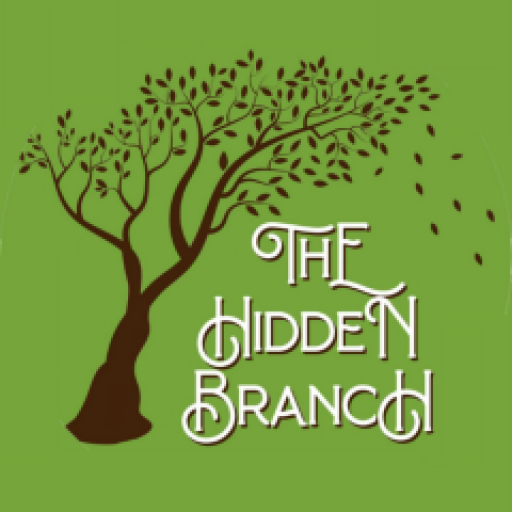Hi, I’m Sophie and this is my first post for The Hidden Branch. Today’s Tuesday Tips is about how to make the most of your DNA after you’ve tested.
Many people are driven to do DNA testing through the desire to find out more about their ethnicity estimate. The type of testing done by companies to find this information is called autosomal DNA testing. This analyses your genetic make-up, based on roughly 50% from each parent, 25% from each grandparents, etc, going back around 200 years, or 6-8 generations.
Ancestry DNA and 23andMe are the big players in the DNA testing game, with Ancestry having the largest database, and thus is very popular for people who are looking to connect with more relatives. In having the largest database, Ancestry has larger population sample to inform their ethicity estimate results. Ancestry does only test with 34 countries worldwide though so it’s worth bearing this in mind.
Alternatively, an advantage of testing with 23andMe is that it can offer information about your health, providing you with insight about whether you’re predisposed to conditions such as Type-2 diabetes, Coeliac disease, and more. 23andMe also covers 53 countries worldwide. They can offer information on how many Neanderthal markers you have in your DNA, as well as your maternal and paternal (if you have a Y-chromosome) haplogroups. Haplogroups tell you more about how your direct maternal and direct paternal lines migrated over thousands of years.
If you live outside of any of the countries covered by Ancestry and 23andMe, it is worth considering testing with MyHeritage – they have the third largest database and claim to ship to almost every country – or FamilyTreeDNA who can ship everywhere except Sudan and Iran.
As a genealogist, the aspect of DNA testing you’re most likely to be interested in is finding and interacting with your genetic matches. Genetic genealogy has advanced significantly since 23andMe first began offering autosomal DNA tests in 2007. Nowadays, the databases of these companies has grown drastically with millions having tested in different databases worldwide. Your chances of connectings with long-lost cousins, or even siblings and parents, has never been greater, and you never know where a relative might have tested. Therefore when you do this type of DNA testing, you can make the most of your DNA by uploading it to different databases to connect with more people. Wherever you’ve tested with, you can download your raw data file from the website you’ve used and upload this file across a few different sites to find more matches.
Here are some of the websites you can upload to:
- MyHeritage – this is useful for people with multi-national ancestry as it can tell you which country your matches are from, as well as an estimate of their age.
- FamilyTreeDNA – once you begin adding matches to your tree, FTDNA can sort your DNA matches into your maternal side, paternal side, or both.
- GEDmatch – this site offers a multitude of tools, including different algorithms to explore your ethnicity admixture for free.
- LivingDNA – provides your relative’s country of origin, the matches you have in common with someone, and tells you how active a user they are.
- Geneanet – useful if you have French ancestry.
Each site can offer you clues to identifying your matches which you may not have found on your original DNA testing site. For example, your relative’s tree may be private on Ancestry, but they could have uploaded a pedigree to their FamilyTreeDNA profile. Or a relative might not respond to your message through MyHeritage, but they may have provided an email address on GEDmatch where you can contact them directly.
Unfortunately, you can’t upload DNA files to 23andMe or Ancestry. Ancestry have stated their reasoning for this is because of their strict privacy and security policies, as they cannot guarantee someone has consented to their DNA being uploaded to their site.
Wherever you choose to test with, it will likely be an expensive process, with tests typically costing £79/$99 plus postage. You can limit this cost by aiming to buy around holidays – Ancestry in particular often has sales for Mother’s Day, Father’s Day, and Black Friday. The lowest price I’ve ever seen a DNA test was on Cyber Monday in 2019, when Ancestry tests were selling for £49 (+£9.99 postage). Amazon Prime Day is another good time to look for sales. I believe 23andMe sometimes offers discount codes of around 30% to people who’ve already tested, so it might even be worth trying Reddit on the 23andMe subreddit to see if another friendly genealogist is giving away a discount code.

Great first post, looking forward to more
Thank you, Helen. There are more posts from me in the works 🙂